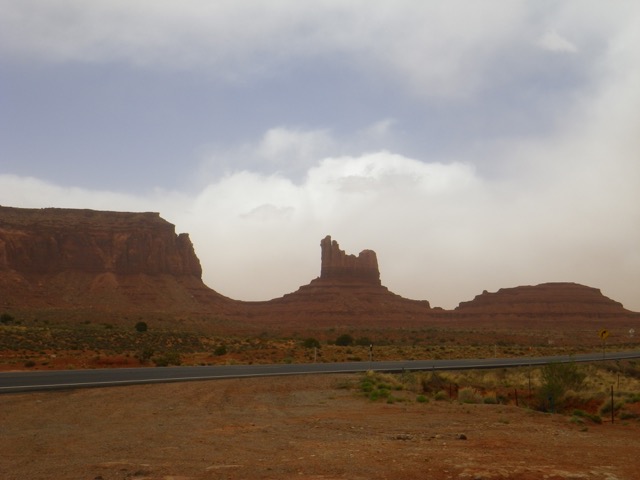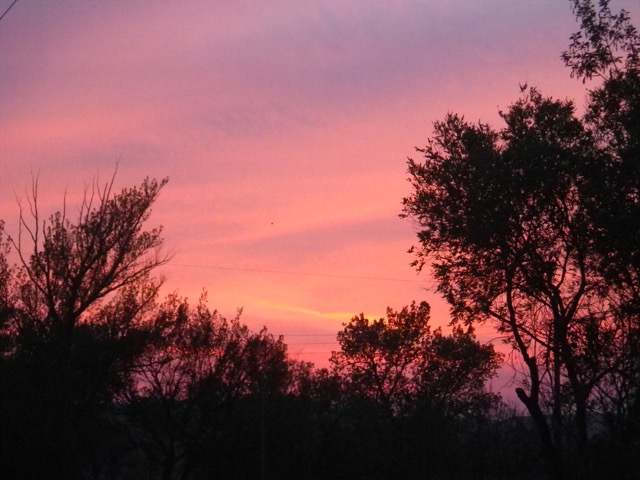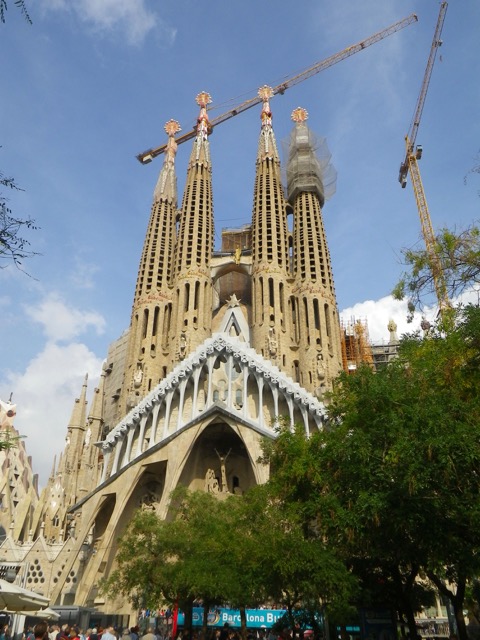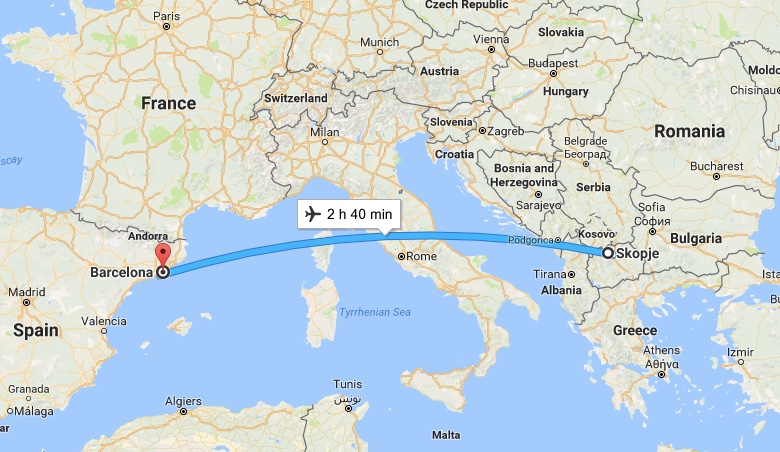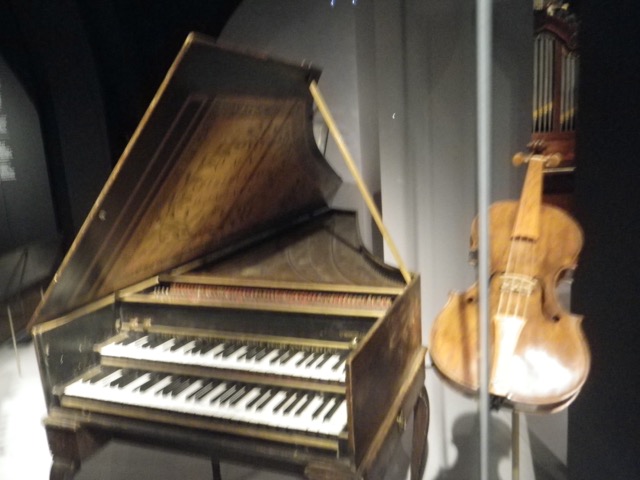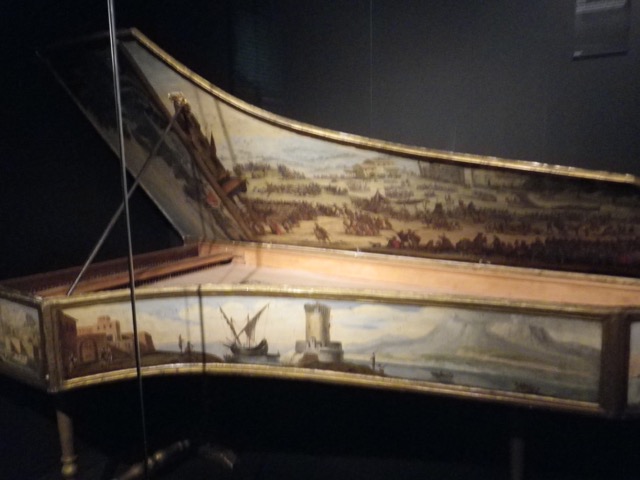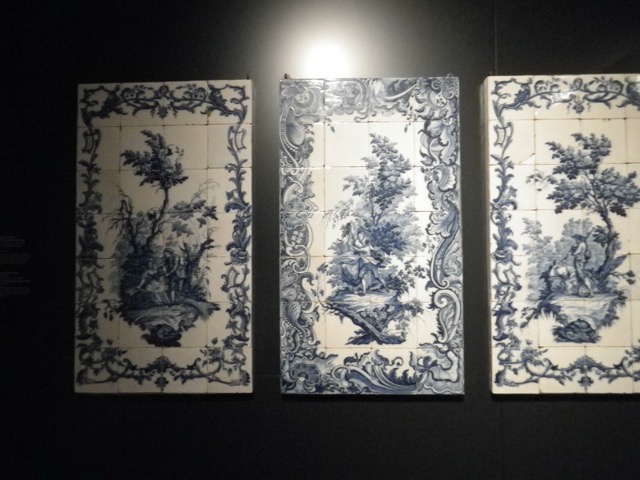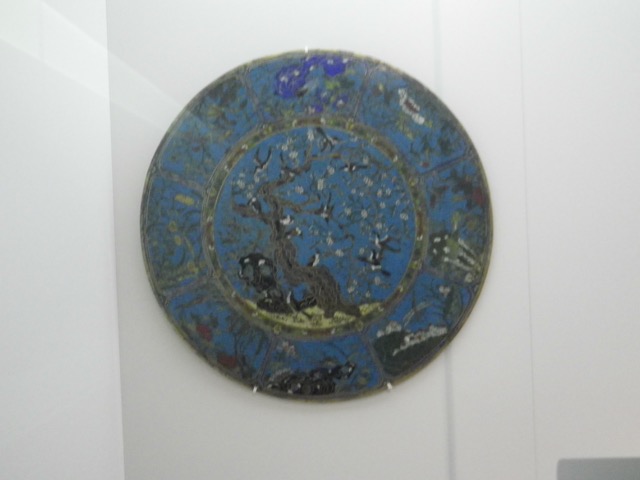For the last few days, I’ve been running on less sleep than I normally need, just because it’s been really high quality snoozing. But when I woke up at 7:30 this morning, about the time I’ve been getting up since I got here, I just wasn’t ready to be up. There was nothing pressing to do today and nothing opens until 10:00 anyway, so I rolled back over. Next thing I knew, it was 9:30!
I had a sloooooooow morning, enjoying my coffee and spending time with the cats. I’d already planned my itinerary for the day and I set off perhaps around 10:30 or even 11:00. My first destination was the Museum Van Loon. This is another canal house tour and I wasn’t sure I was that keen to go. But since it’s a period house that is still lived in, I felt it would be a different experience. And since Contessa enjoyed the last canal house tour, I knew I had at least one reader who would appreciate the write-up. 🙂
The museum was easy to get to. I’m starting to know my way around the main intersections and there are usually signposts telling tourists that attractions are thataway.

Church?
I passed a French bookshop with a clever name, Time Found. Obviously a reference to Marcel Proust’s In Search of Lost Time.

The exterior of the Van Loon home isn’t that impressive. The house was built in 1672 and has been in the Van Loon family for 400 years. It was opened to the public in 1973. The family inhabits the upper rooms, but still uses some of the lower rooms for special occasions.

It’s a very informal visit. They scanned my Museumkaart, gave me a very informative little booklet, and then told me to just wander around at my leisure.
You start in the entrance hall.

The house is unusual as this is the only staircase up. That is, there is no staircase for the servants. The handrail is made entirely of brass.

The first room I visited was the Blue Drawing Room, which had a lot of lovely pink furniture!


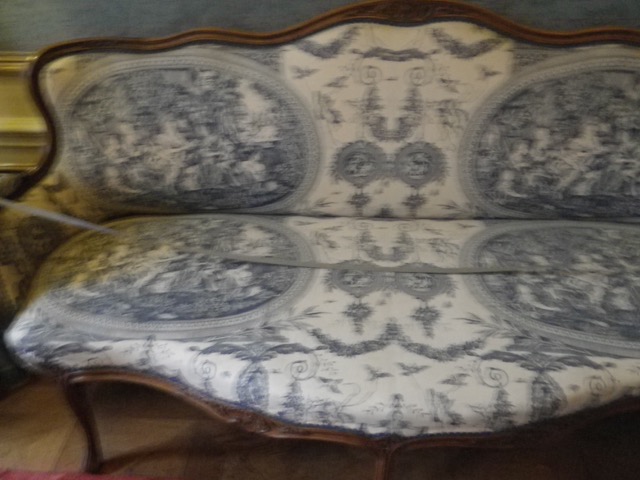


The Empire wood floor dates back to 1810, is in good condition, and is extremely rare.

This checkered pattern on the back of the chairs was unexpected and delighted me.

Next, I went into the dining room. The family still eats here on special occasions and also rents it out.




I was surprised by how much I liked the next room, the Red Drawing Room, since I’m not much of a fan of red.




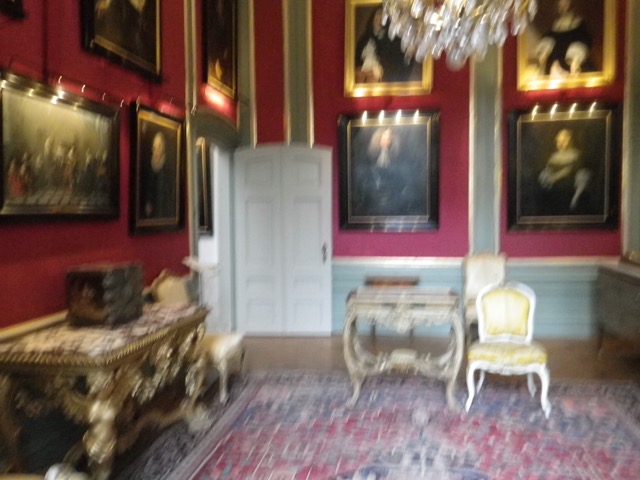
These are the stairs down to the kitchen. I didn’t realise at this point that I was allowed to go down.



Now, we’re in the Garden Room. It was used as a bedroom and later as the family dining room.


Looking towards the Coach House.




I headed upstairs and was surprised by how rough the floors look.



Now, the sheep room, so called because of the wallpaper. It was a guest bedroom.


I love this design.




Next up is the Drakensteyn Room with its incredible wall hangings. They give the room its name as the hangings come from Castle Drakensteyn, the private mansion of H.R.H. Princess Beatrix.





Upstairs hall:

Here’s the Red Bedroom, with its interesting door. It “is smaller than the room on the other side of the landing, because of the hidden stairs behind the bed which lead up to what was formerly the servants’ quarters. In order for the two doors on the landing to face one another without compromising the symmetry of the rooms, a false door was put in… When the door is closed, it looks as if the door is directly opposite the chimneypiece. The real door, however, is next to it.”

See what they mean?



Now, the Bird Room, which served as a nursery.


I wonder where this door goes.


This room had some interesting info on the growth of Amsterdam. “Growing prosperity in the city of Amsterdam around the middle of the 17th century led to more demand for luxury carriages. Daniel Stalpaert was the first city planner of Amsterdam to add a street between Keizersgracht [which the Van Loon home faces] and Prinsengracht: The Kerkstraat. It was specifically designed to offer space for coach houses.” Remember this…

The wallpaper is what gives the room its name.

These modern glass doors between the landing and the hallway bewildered me.

I headed down to the kitchen.




The kitchen was as far away from the dining room as possible to prevent smells and heat from permeating the dining room. It didn’t matter that food was served cold.

This cupboard has mesh to keep air circulating so food would stay fresh and flies and other insects couldn’t get in. I think they’re called pie cupboards in the American South.


I went out into the garden.





Here’s the Coach House. The family only reacquired the coach house in 2012.

I kid you not, the building still smelled like horses.


Since I hadn’t really paid for my admission and this is a private house, I had decided that I would have a hot beverage in the coach house. There were several choices that included hot chocolate and mulled wine, but I went for a cappuccino.








Here’s that cat they don’t want let into the house. So friendly!


This is a garden layout. All the text has the names of plants.

Staircase leading back up.

I’m glad I visited the Museum Van Loon, but at 9 euros, I think it’s something that should only be on your list if you’re crazy about architecture or have a Museumkaart.
My next destination, the real one of the day, was the Museum of Dutch Resistance, a short distance away. I passed a particularly leaning house.

I’m glad I know they were built like that on purpose!

By the way, it was warmer today, above freezing, but very damp.













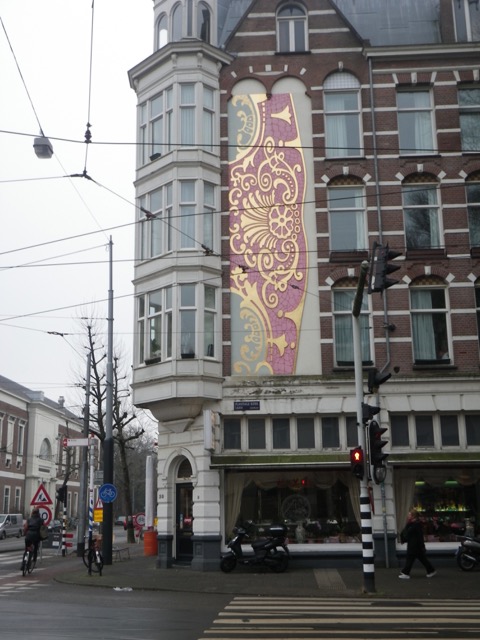
I found the museum without any trouble and was delighted that I knew I could get home again very directly without any help!


I’m really not sure how to go about with this museum write-up. This is a subject I know a lot about. I think I’m going to go with the idea that most people have some basic WWII/Holocaust history and just point out things in the exhibits that were of interest to me rather than try to set the context. If you want to know more, ask and I’ll answer and/or send you to the appropriate resources.
Let me just start off by saying that the museum is brilliantly put together. The layout looks chaotic at first glance, but is actually very logical and fluid. Everything is translated into English and the audio guide is fantastic. I can’t imagine any way the museum could have better presented the subject matter.
So Dutch resistance during WWII. After Germany conquered the Netherlands, the Dutch could collaborate, adapt, or resist. Of course, the latter are the most celebrated. I was surprised that there is no mention at all in the museum of two of who I think are the best known resistors, Miep Gies and Corrie Ten Boom, but I appreciated that I got to meet others.
The invasion of Holland was insidious. The Nazis came in gently and wore down the Dutch before their show of horror began. This explains in part why some people collaborated at first, because Holland was in the throes of economic crisis and the Nazis brought a measure of prosperity.
All through the museum, you are invited to reflect on what you would have done in that situation. I like to think I would have resisted, but I suspect I would have been an adapter. I sincerely doubt I would have been a collaborator.
Holland surrendered shortly after the bombing of Rotterdam (seen here) to prevent the loss of more civilians. Life quickly went back to normal. At the foreground, you see a man buying an ice cream.

“Ozo” (so there) became the rallying cry of the resistors. It actually meant “Orange will triumph” (Oranje zal overwinnen). Orange was the colour of the resistance.

The February Strike of 1941 was a turning point. By this time, sanctions against the Jews at begun. Starting with the trams, Amsterdam ground to a halt to protest the treatment of its Jews.
The Germans used a lot of propaganda and borrowed the letter V for victory from English. The resistance in turn took it to mean the Germans are drowning, as that word starts with a V in Dutch.

The identity card was introduced in 1941. “Every Dutch citizen age 15 and over must be in possession of such a card, with passport photo and fingerprint, and must carry it at all times. The data are recorded in a central registry. No other country in Europe has an identity card that is so technically and administratively complete.” This card gave the Germans more control over the Dutch and especially to counteract the resistance, but there was little protest against the card. Jews have a large J stamped onto their documents and have to wear a Star of David.

An order directing the person to report to a labour camp. Some people went, thinking it wouldn’t be that bad. Others went into hiding.

Examples of some possessions that would be taken to a labour camp.

Those who reported to go to a labour camp were first sent to the transit camp Westerbork to await orders to move on to other camps, like Auschwitz. Some people would write goodbye letters ahead of time. If they were called to leave, it would be without notice, so they would throw the letters out of cracks in the walls of trains and hope they were delivered. Most of these letters were very positive and hopeful in tone.


Of the 140,000 Jews in the Netherlands:
107,000 were deported, of with 5,500 survived and 101,500 died.
25,000 went into hiding, of which 18,000 survived and 7,000 died.
8,000 survived, but were sterilised or otherwise brutalised.
Survivor standing in front of a pile of bones.

As supply lines were cut off, a very complex rationing system came into being.

There were a lot of surrogate products for things like coffee and tobacco.

People got creative. This bicycle’s front wheel was replaced with a scooter wheel.

As the Allied forces marched into Europe, the Dutch expected to be liberated and defiance increased. Germany stopped playing the nice guy and switched to intimidation and violence.
When the Germans had invaded Holland, they released 300,000 (!) Dutch POWs as a measure of goodwill. In 1943, there was an announcement made that all of them would have to report back to labour camps as POWs. This led to a series of strikes. Now that the Netherlands as a whole had experienced the terror of Nazi Germany, resistance grew. This would be another turning point.
Personal effects of a man executed as an example. The Nazis thought he was a striker, but he had actually not been scheduled to work that day. That didn’t matter.

Hiking boots of a woman who escaped Holland by climbing the Pyrenees into Spain.

This razor concealed microfiches.

Going into hiding was no small feat as that meant papers had to be forged and food found.
This is a real door that once led to a hiding space.
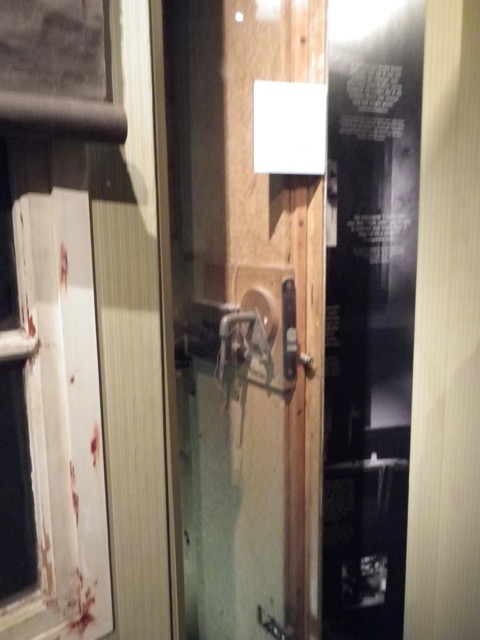
Printing equipment for counterfeit documents.

People in the camps occupied themselves as they could. This was a chess game.

This little Christmas tree was made from a man’s bandages and the foil covering his medication.


Door of a cell in Weteringschans Prison.

As the war wound down, there was the Hunger Winter, when supplies were not coming in. This reminded me so much of the testimony of people who lived through the Sarajevo siege, about how all the trees and as much wood as could be gathered was burned for heat.

There was an interesting special exhibit just before the end about food in wartime. The Hunger Winter notwithstanding, the food situation in Holland during the occupation was not as bad as imagined because Holland was self-sufficient. People actually ate more healthily as they were getting more produce into their diets.
One of the recommendations was that people cook their vegetables for a shorter period of time to use less fuel and to preserve nutrients. People were strongly advised to not peel their potatoes, which was met with disgust. Personally, I think the peel is the best part of a potato!
20,000 people died during the Hunger Winter.
The final exhibit is about the liberation of Holland. To be brutally honest, I was really pissed off by this point that there had not yet been any mention of Canada specifically. We were just lumped in with “the Allies” and the US got a lot of individual mention, when they joined the war well after us, and only after they got attacked, and Canada did the bulk of the work in liberating Holland. I was shocked to see Canada so badly disrespected. At least, we got some mention in this final exhibit.


That was part of the Canadian flag at the time.

Destroyed bust of Hitler.


Collaborators were treated poorly, many executed without trial. Women had their head shaved.

The tour ended with this quote, “Asking yourself a question, that’s how resistance begins. And then ask that very question to someone else.”
There was another brief exhibit about Dutch colonialism, but that didn’t interest me.
I really recommend the Dutch Resistance Museum as a must see in Amsterdam. I think that it can serve equally well someone who has no knowledge of the subject as someone who is well versed in it.
I headed home into an afternoon that had become bitterly cold and passed on the Kerkstraat the entrance to the Van Loon coach house.


Couple more things of interest on my long walk home:

Where you learn to murder people?

It was another really lovely day in Amsterdam! Very little will be open tomorrow, so I’ll probably stay in. There is a pair of museums I might do Monday and I would really like to head to Haarlem on Tuesday to visit the home of resistor Corrie Ten Boom, but I’m having a hard time coordinating with the museum’s holiday schedule. So that’s a big if. I still have plenty on my list to fill my last four days, but, really, at this point I’ve done what I wanted to do here and anything else is icing on the proverbial cake.
I’m off to make an extra special dinner to ring in the 2017. 🙂









































































































































